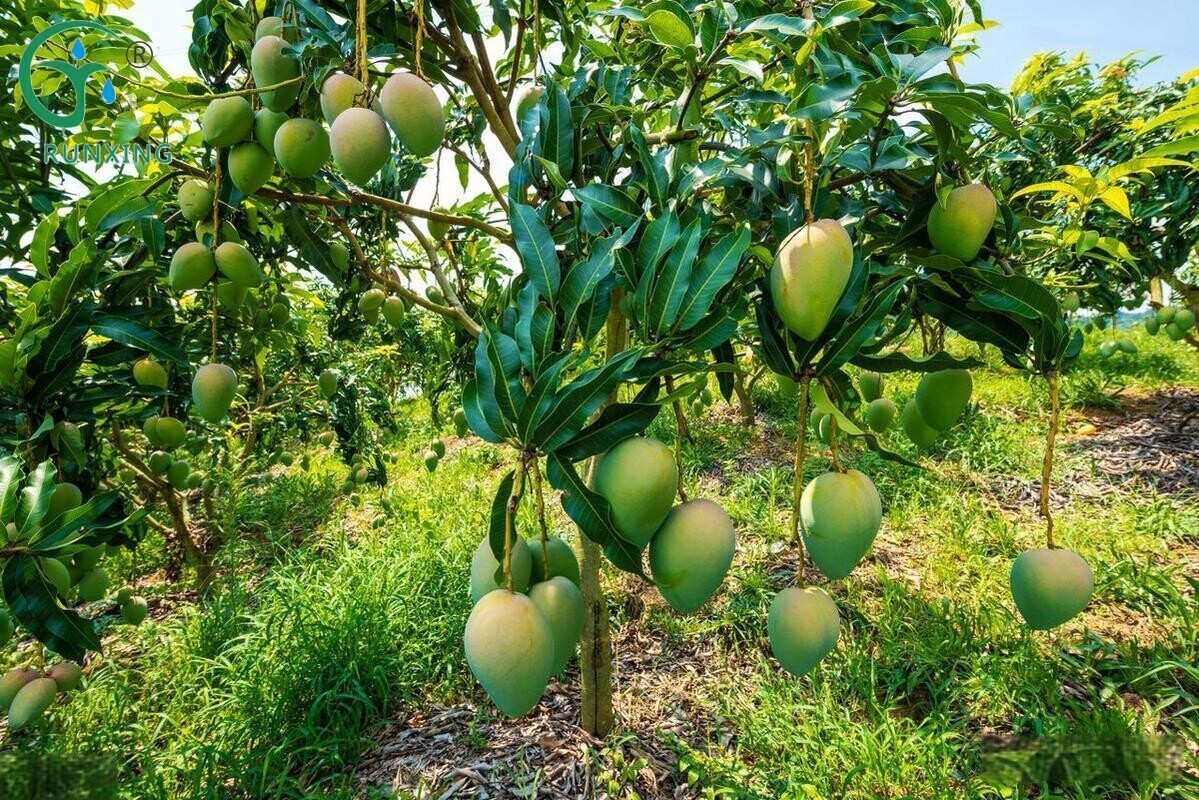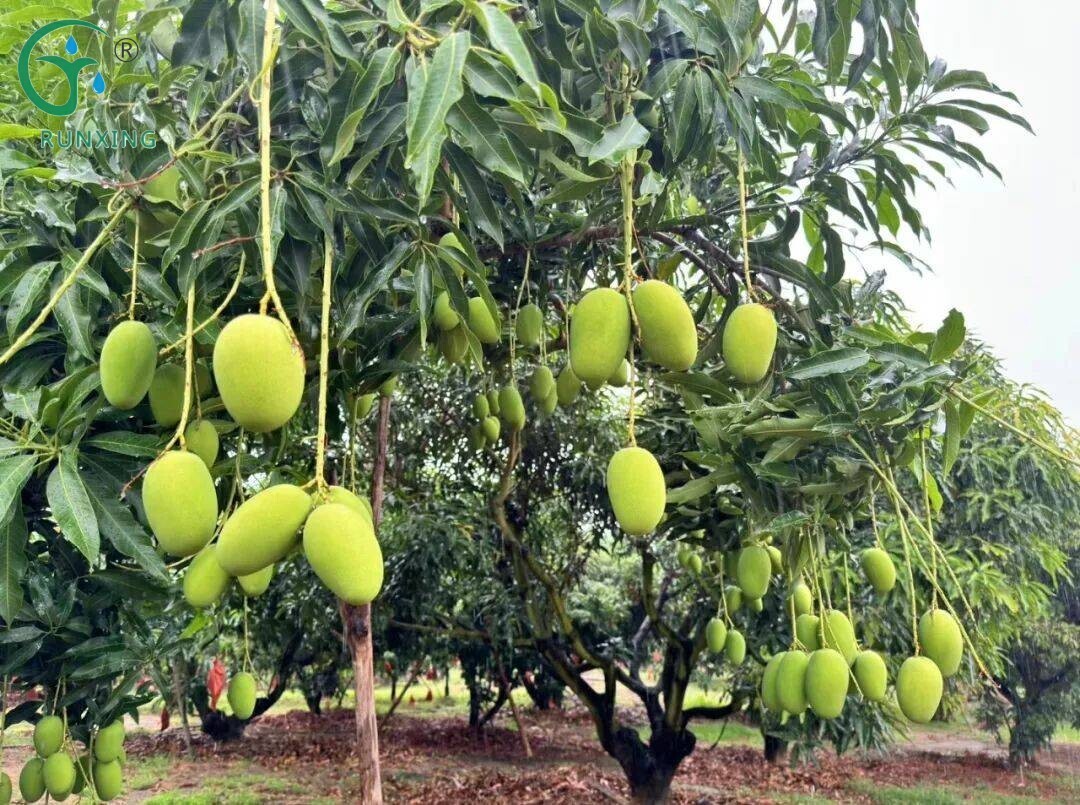Brazil Mango Cultivation and Drip Irrigation Technology
On the fertile soil of Brazil, mangoes, as a tropical fruit, are deeply loved by people. However, cultivating mangoes is not an easy task, especially in terms of water resource management. So, do Brazilian mango farmers need drip irrigation facilities? The answer is yes. Drip irrigation technology not only effectively conserves water resources but also precisely meets the water needs of mango growth, thereby enhancing mango yield and quality.

Drip Irrigation Equipment Requirements
The drip irrigation equipment required for mango cultivation in Brazil mainly includes the following components:
Head Equipment: This includes pressure equipment, control valves, filtration equipment, fertilization equipment, and measurement devices. Among them, the choice of filters is particularly crucial. Suitable filters should be selected based on the water quality of the water source and the dripper's requirements for water treatment. When necessary, different types of filters can be combined for multi-stage filtration.
Main and Lateral Pipes and Hairpipes: The layout of main and lateral pipes depends on the terrain, water sources, and the distribution of mango trees. In Brazil, due to the diverse terrain, the layout of main and lateral pipes needs to be flexibly adjusted to ensure that water can be evenly delivered to each mango tree. Hairpipes are directly connected to drippers, responsible for delivering water precisely to the root zone of mango trees.
Drippers: Drippers are the core components of the drip irrigation system, responsible for dripping water into the soil at a minute flow rate. In mango cultivation, the choice of drippers should be determined based on the growth needs of mango trees and soil conditions.
Installation and Laying
The installation and laying of the drip irrigation system should follow these steps:
Land Preparation and Ridge Formation: Flatten the land and form ridges according to the requirements of mango trees, ensuring that the ridge width, trench width, and ridge height meet standards.
Installation of Tubing and Drippers: Install tubing in the hidden trenches on the ridge surface and attach drippers to the tubing. After debugging, cover the tubing with mulching film to prevent any issues with the drip irrigation system after film covering.
Pipeline Connection: Connect the main and lateral pipes to the head equipment to ensure uniform water pressure. At the same time, connect the hairpipes to the drippers to form a complete drip irrigation system.
Water Usage and Control
The irrigation water usage for mango trees needs to be determined based on local climate, soil, and the growth stage of mango trees. In Brazil, due to the diverse climate, irrigation water usage will also vary. Generally, each irrigation should maintain soil moisture to a depth of about 60 to 90 cm within the root system.
To precisely control water usage, Brazilian mango farmers often adopt smart irrigation systems. These systems can automatically adjust irrigation frequency and water usage based on mango tree growth needs and soil moisture data. At the same time, soluble fertilizers are injected into the drip irrigation system through fertilization devices, achieving integrated water and fertilizer management.

Cultivation Tips
Apart from drip irrigation technology, mango cultivation in Brazil also requires attention to the following tips:
Selecting Suitable Varieties: Choose suitable mango varieties for cultivation based on local climate and soil conditions.
Reasonable Planting Density: Determine a reasonable planting density based on mango tree growth habits and yield requirements.
Pruning Management: Regularly prune mango tree branches to maintain canopy ventilation and light transmission, promoting fruit development.
Pest and Disease Control: Strengthen pest and disease control efforts, adopting a combination of physical, chemical, and biological methods for comprehensive prevention and control.
Soil Management: Improve and fertilize the soil to enhance soil permeability and fertility, providing a good growth environment for mango trees.
In summary, Brazilian mango farmers need drip irrigation facilities to precisely manage water resources, improving mango yield and quality. At the same time, attention should also be paid to selecting suitable varieties, reasonable planting density, pruning management, pest and disease control, and soil management. Through the implementation of these measures, Brazilian mango farmers will be able to produce higher-quality and more productive mango products.
If you have any needs, please contact us.
About Us
We are dedicated to offering innovative, water-saving, and labor-saving irrigation solutions for agriculture worldwide. Our focus on quality and continuous innovation drives the development and progress of the industr
LOGO
This stunning beach house property is a true oasis, nestled in a serene coastal community with direct access to the beach.
Opening Hours
Monday - Friday : 9AM to 5PM
Sunday: Closed
Closed during holidays
Contact
+18888888888
hezuo@eyingbao.com123 West Street, Melbourne Victoria 3000 Australia
